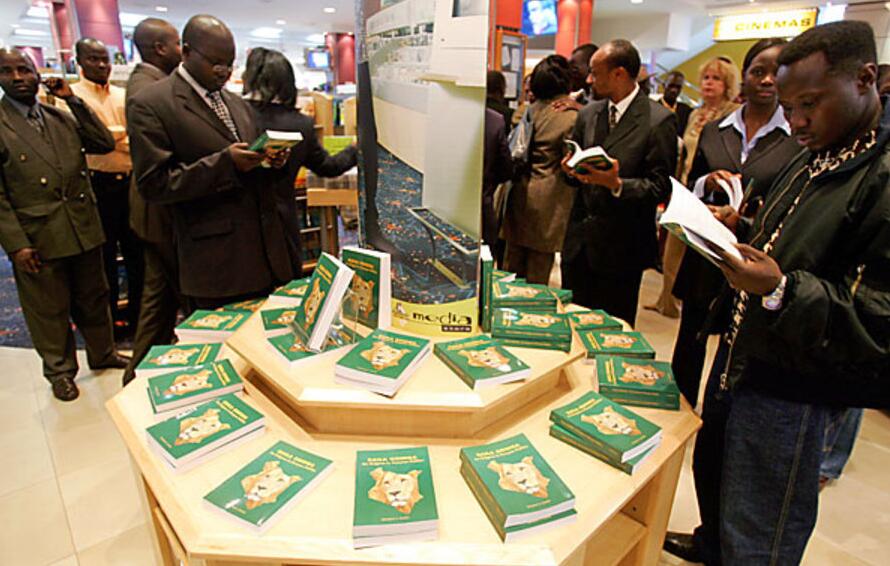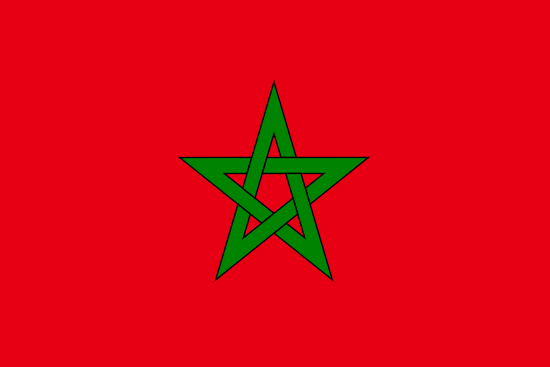Egypt Writing
The need to record facts in writing developed in Egypt from the end of the 4th millennium BC. From economic necessities in freight traffic. Word signs as inscriptions for economic transactions appear around 3150 BC. BC, to symbolic historical representations on cult objects from Nechen (Hierakonpolis) and on annals tablets from Abydos and Saqqara only later around 3000 BC. From this a consonant script (hieroglyphs) develops on the basis of images , whose characters initially expressed the things represented in the wording themselves, but were then replaced by words with the same consonant inventory. A sign could therefore stand for the same consonant sounds of different words, since the Egyptian script does not take vowels into account. According to ehistorylib, that is why we only know the consonant structure of the Egyptian language. Vowels can partly be determined from the transcription of names in contemporary cuneiform annals and among the Greeks, or from the words still preserved in Coptic. If the symbol stands for the thing itself (ideogram, also semogram), a “dash” is added. With the house floor plan, not only pr “house”, but also prj “come out” and the sound sequence pr for other words were written. Since semi-consonants like j, w were often neglected, single consonant characters emerged early on. However, they were only provided as reading aids for word or multi-consonant characters, or they were written alternately. Only where a word mark was missing were they used like letters. However, the Egyptian script was never simplified to a pure letter script; the 3000 year old writing tradition was overwhelming (however Meroïtic script). Another reading aid are the following determinatives, meaningful signs that subordinate the word to a genre (e.g. “scroll” for terms such as abstracts).
Two-consonant signs with interpret signs or phonetic complement are used to write foreign language material in a way that looks like the imitation of a syllabary (syllabic or group writing). Whether vowels are indicated here and if so to what extent is debatable. In the Ptolemaic period a new system of vowel spelling appeared in foreign names, which J.-F. Champollion made it easier to decipher. He found the sound values kleopatra-t in a “cartouche”, the elongated oval that encloses the king’s name. He had previously deciphered the name Ptolemy.
The hieroglyphs were standardized early on so that they could be grouped into a rectangle. In the order, gods and sacred symbols have priority (“primacy out of awe”). Likewise, contrary to the sound sequence, there are smaller characters in front of the chests of birds and, for example, playful writing on the open hand. Dangerous signs (like snakes) are wrongly set or even mutilated in the afterlife texts.
As soon as the typefaces were not chiseled in stone, but instead were written with a rush and ink on a pitcher or limestone shard (ostracon), on papyrus or leather, their pictorial character was more and more lost. This development began with the end of the 2nd dynasty. In addition to the hieroglyphs as monumental script and in written religious texts (»cursive hieroglyphs« in the Book of the Dead), the hieratic script emerged as everyday and utility script. It was preserved in sacred use in Greco-Roman times, when the heavily polished demotic script had been used in everyday life for a long time (since the 7th century BC)used. The last demotic document dates from AD 476. However, the Egyptian language was written with Greek letters (Coptic script) since the introduction of Christianity (3rd century AD ). Knowledge of the hieroglyphics was soon lost. Already in the work “Hieroglyphica” by the Egyptian Horapollo (2nd half of the 5th century AD), which has been preserved in Greek translation, there are many grotesque explanations of signs alongside correct ones. Through him A. Kircher (17th century) also came to the assumption that the hieroglyphs contained religious-philosophical secret teachings in symbolic form. It was not until the Rosette stone (found in 1799) that it was possible to successfully decipher it Champollion.
Suez
Suez, Sues, Arabic As-Suwais, As-Suways, port city in Egypt, at the inner end of the Gulf of Suez (Red Sea), at the southern end of the Suez Canal, (2018) 740 900 residents; Together with the adjacent desert area, it forms an urban government of 17,840 km 2.
Seat of parts of the Suez Canal University (founded in 1976; headquarters in Ismailia). Product pipelines lead to Cairo from the two oil refineries; Suez also has a chemical industry (mainly fertilizer production), a tire factory and an aluminum plant. A large dock in the port at the entrance to the Suez Canal is used for the transshipment of bulk goods (e.g. for grain imports from Australia). Rail connections exist with Cairo and Port Said; Airport. Suez is the southern terminus of the Ismailia Canal.
To develop the coastal region around the city of Suez, two free production zones were set up in 1993: east of the Suez Canal adjoining the port of Port Taufik and Adabija south of Suez.
Suez arose near the ancient Klysma, in the place of which in the Arab period (from the 7th century) the Kolzom staging area for trade with Palestine and Syria was located; expanded into a naval port (berth for the Red Sea Fleet) in Ottoman times. The city only developed into a city with the construction of the Suez Canal. In 1973, 80% of Suez was destroyed in the Yom Kippur War, after which it was rebuilt.



